Have you ever walked into your bedroom and felt somthing was missing? Your master bedroom should be more than just a place to sleep—it should be your personal sanctuary, a space that wraps you in comfort after a long day while still reflecting your unique style. Whether you’re working with a compact space or blessed with square footage to spare, these 23 master bedroom ideas will help you create that stunning retreat you’ve been dreaming about.
According to a 2024 survey by the National Association of Home Builders, homeowners spend approximately 7 hours a day in their bedrooms—more time than in any other room except perhaps their office. Yet surprisingly, it’s often the last room we think to renovate or redecorate.
“The bedroom is where you begin and end each day. Its design has a profound impact on your mood, sleep quality, and overall wellbeing,” notes interior designer Emma Richardson of Modern Home Living magazine.
Let’s explore how you can transform your master bedroom into the stunning retreat you deserve.
Setting the Foundation: Color & Atmosphere

Choosing Your Perfect Color Palette
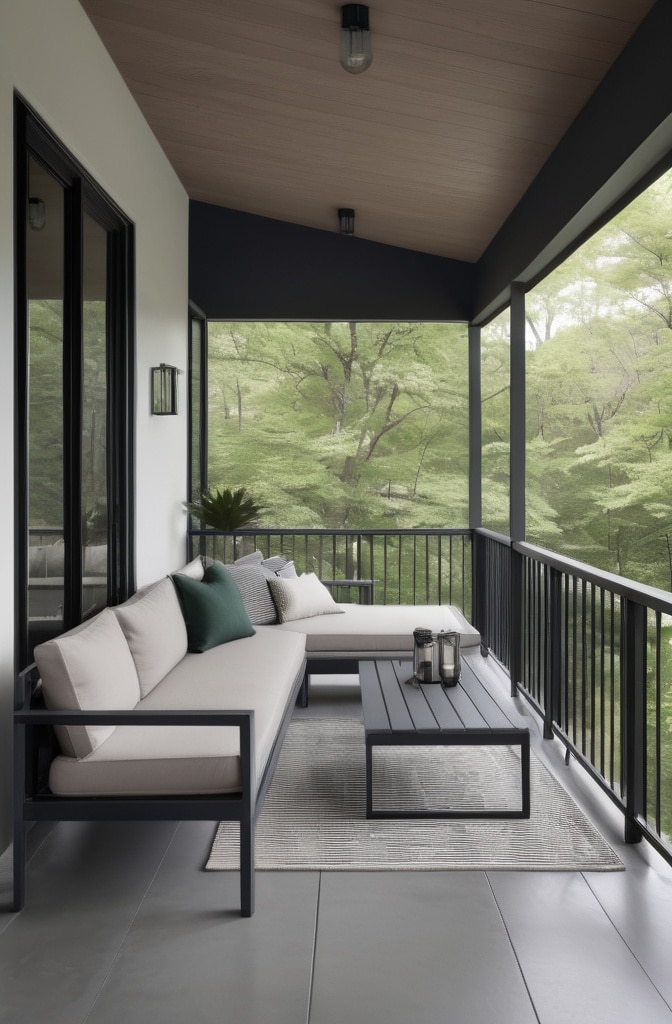
The colors surrounding us affect our emotions and energy levels in ways we might not consciously recognize. When selecting a color palette for your master bedroom, consider both personal preference and the psychological impact of different hues.
Blues and greens promote relaxation and restfulness—ideal for insomniacs or those with high-stress jobs. A study from the Sleep Foundation found that people with blue bedrooms actually get an average of 7.5 hours of sleep per night, compared to 6.3 hours for those with purple rooms.
Warm neutrals like taupe, cream, and soft beige create a versatile foundation that works beautifully in master bedrooms. These shades feel timeless while allowing seasonal accents to shine. Designer Michael Torres sugests, “Start with neutral walls and furniture, then introduce color through items that are easier to switch out—pillows, throws, and artwork.”
When testing colors, don’t trust those tiny paint chips. Paint large poster boards and move them around the room at different times of day to see how natural and artificial light affects the shade. What looks perfect at noon might appear completely different by lamplight.
Creating a Relaxing Atmosphere
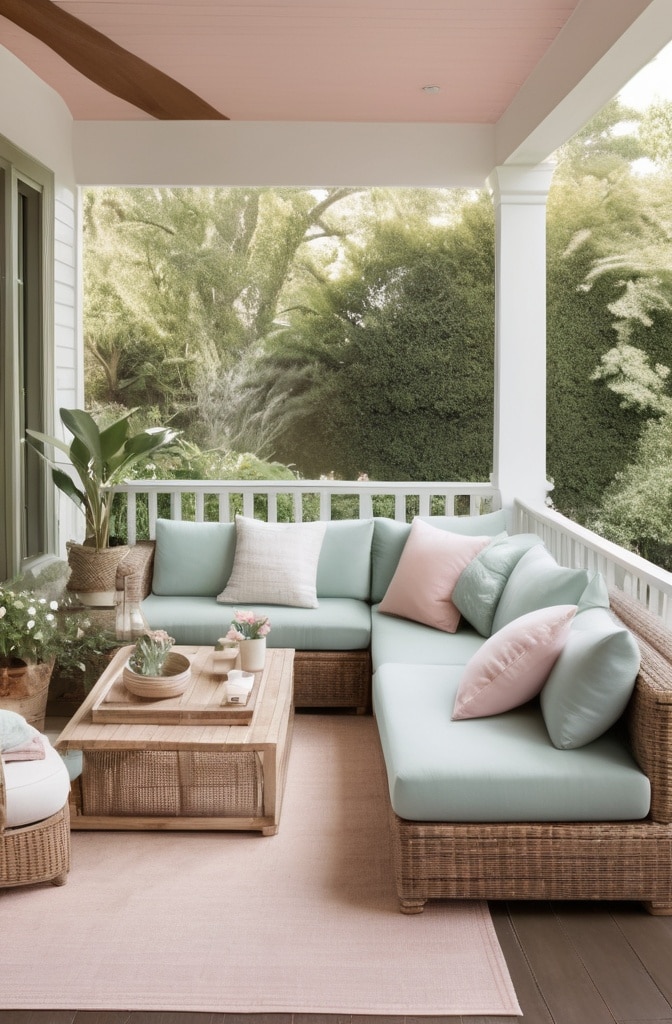
Lighting plays a crucial role in bedroom atmosphere. Many homeowners make the mistake of relying solely on harsh overhead lighting, which can create unflattering shadows and a clinical feel. Instead, create layers of light with:
- Ambient lighting from ceiling fixtures with dimmers
- Task lighting near reading areas and vanities
- Accent lighting to highlight architectural features or artwork
- Warm-toned bulbs (2700-3000K) that promote relaxation
Natural elements bring life and serenity to master bedrooms. In a 2023 wellness design report, 78% of interior designers recommend incorporating atleast one plant in the bedroom for improved air quality and mental wellbeing. Low-maintenance options like snake plants, pothos, and ZZ plants thrive even in low-light conditions.
Don’t forget the power of scent in creating atmosphere. Essential oil diffusers with lavender, chamomile, or sandalwood can transform your bedroom into a spa-like retreat. Just be careful not to overpower the space—subtle is always better than strong when it comes to bedroom fragrances.
Read This Blog: https://hometranquil.com/gray-and-blue-living-room-ideas/
Furniture Selection & Layout
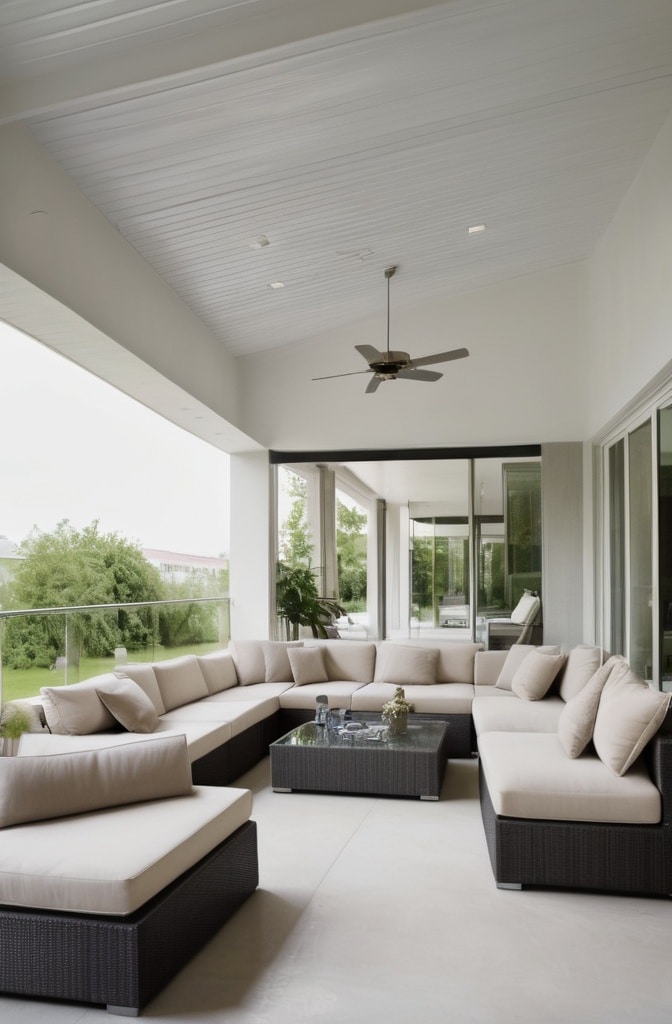
Bed Frame Selection: The Room’s Centerpiece
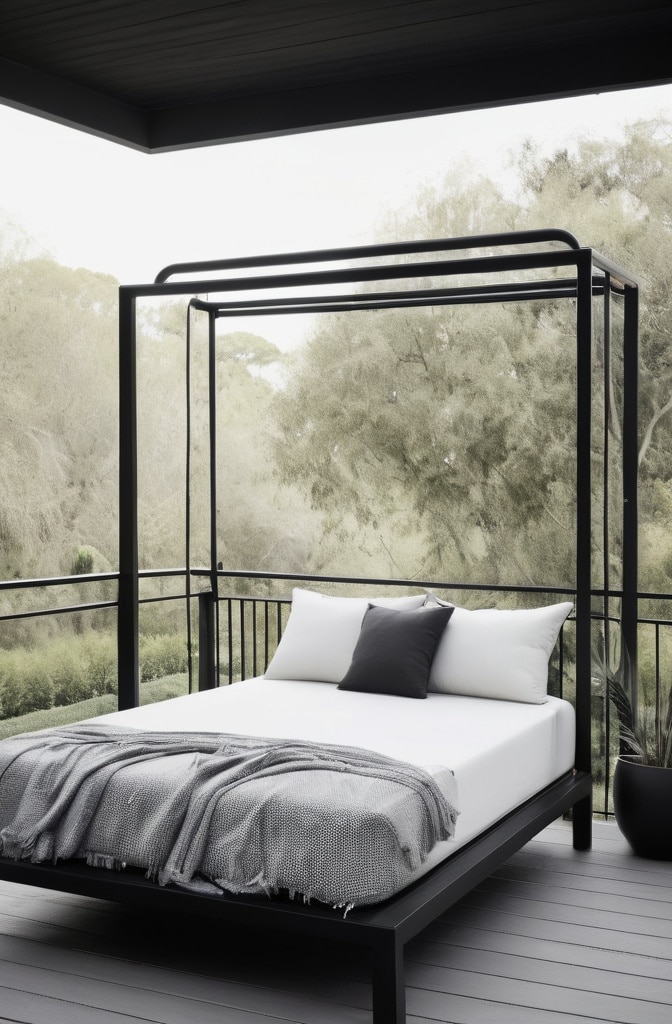
Your bed is undoubtably the focal point of any master bedroom, typically occupying about 40% of the visual space. When selecting a bed frame, consider both aesthetics and practical factors like room dimensions.
For smaller spaces, platform beds with built-in storage drawers maximize functionality without sacrificing style. If ceiling height permits, a four-poster or canopy bed creates dramatic vertical interest and a sense of luxury. Those seeking a modern aesthetic might prefer low-profile beds with clean lines and minimal detailing.
Material choice significantly impacts the overall feel of your bedroom:
When investing in bedroom furniture, the bed frame should be your splurge item,” advises interior designer Leila Ahmadpour. “It’s the piece you’ll notice everyday and the foundation for your entire design scheme.”
Smart Furniture Layout Ideas
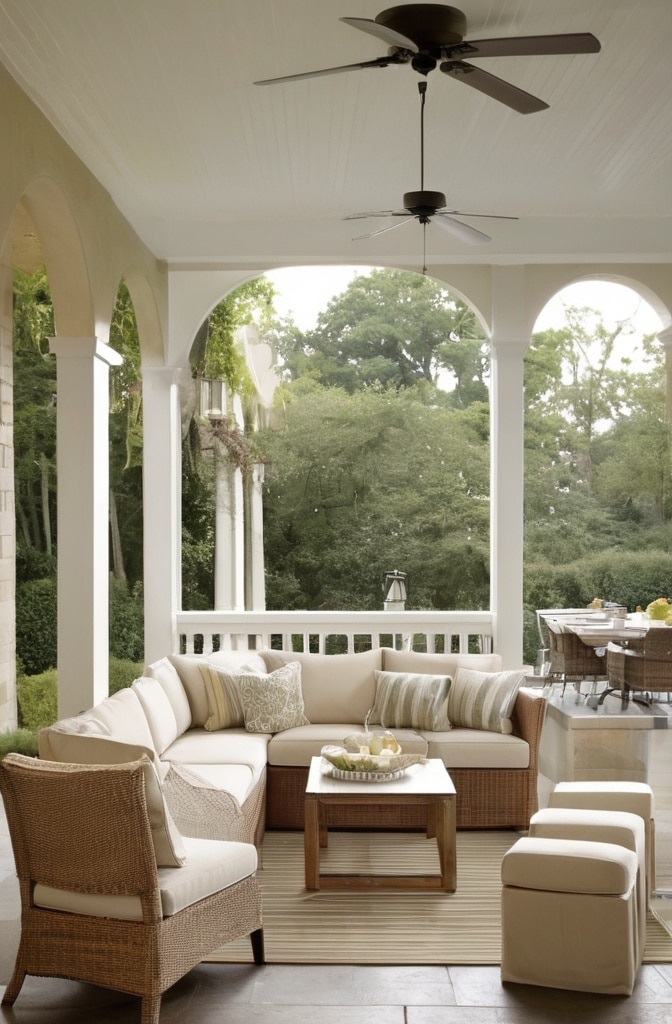
The way you arrange furniture affects not just aesthetics but also how well your bedroom functions. Always begin by considering traffic flow—ideally, you should have at least 30 inches of walking space around major pieces of furniture.
Symmetry creates a sense of balance and order that’s particularly conducive to restful sleep. This doesnt mean everything must be perfectly matched, but visual weight should be distributed evenly. For example, if you have a large dresser on one wall, balance it with a seating area or substantial artwork on the opposite side.
A common layout mistake? Pushing all furniture against the walls. Floating pieces away from walls can actually make rooms feel larger and more intentionally designed. Try positioning your bed at an angle in a corner or floating a bench at its foot for unexpected visual interest.
Seating Areas: Beyond Just Sleeping
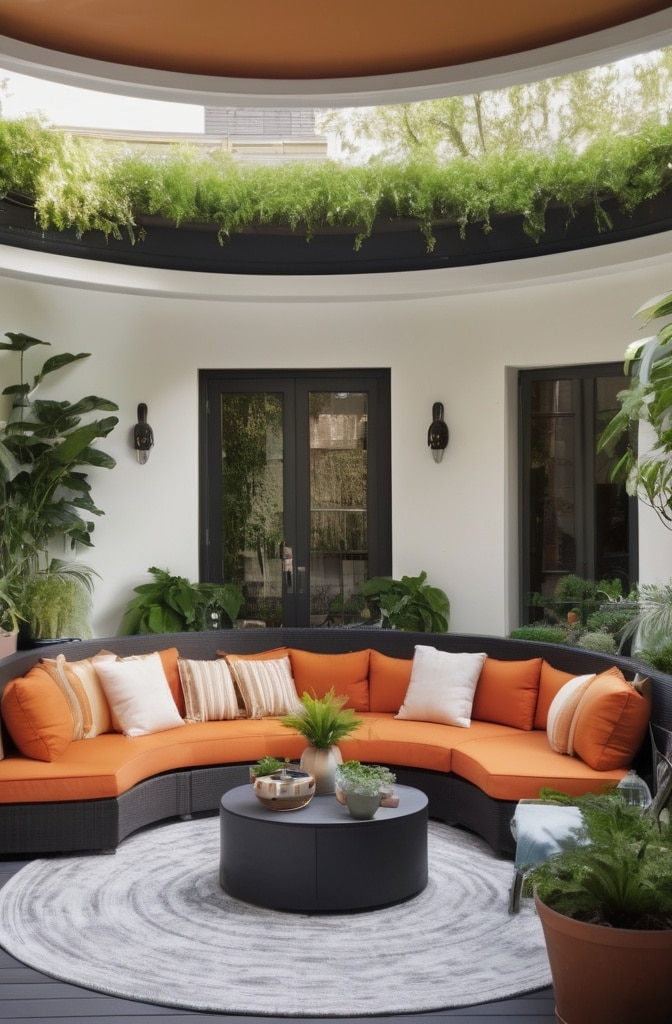
Adding a dedicated seating area transforms your master bedroom from simply a place to sleep into a true personal retreat. Even small bedrooms can accommodate a compact reading nook with a comfortable chair and small side table.
For larger spaces, consider these seating configurations:
- A loveseat or small sofa positioned at the foot of the bed
- A pair of armchairs with a shared ottoman creating a conversation area
- A chaise lounge in a sunny corner near windows
- A built-in window seat with storage underneath
Select upholstery that complements rather than matches your bedding exactly. “Coordination creates more visual interest than perfect matching,” notes home stylist James Chen. “Choose fabrics in the same color family but with different textures or patterns to create depth.”
Luxury on Any Budget
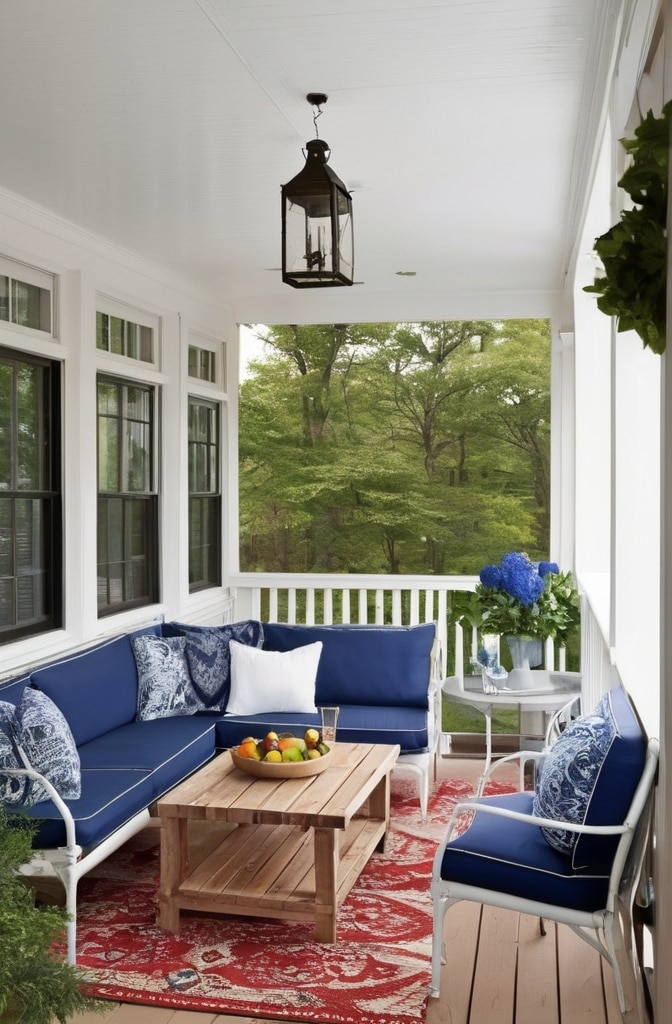
Achieving Luxury Without Breaking the Bank
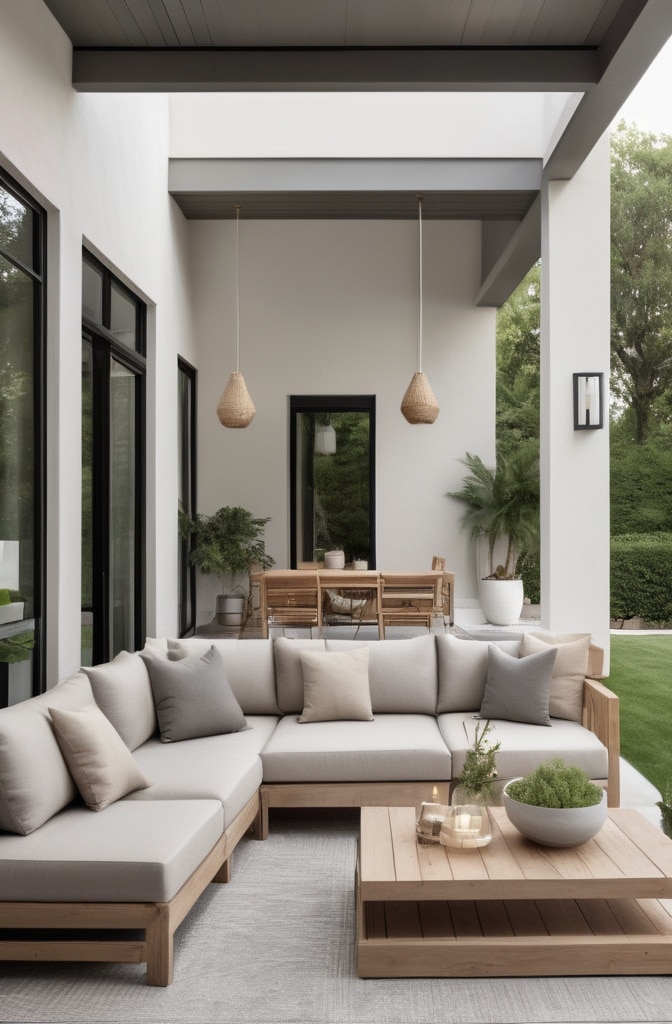
Contrary to popular belief, creating a luxurious master bedroom doesn’t require emptying your savings account. Strategic investments in key pieces combined with budget-friendly accents can achieve impressive results.
High-impact, low-cost elements that instantly elevate bedrooms include:
- Oversized art prints in simple frames
- Inexpensive mirrors positioned to reflect natural light
- Quality bedding (focus on thread count and natural fibers)
- Dramatic window treatments hung close to the ceiling
- Statement light fixtures (often the hardware can be spray-painted to update dated pieces)
According to HomeAdvisor’s 2024 survey, homeowners spend an average of $3,000 on master bedroom renovations, with most of that budget allocated to furniture and flooring. However, designers consistently report that lighting changes and textile upgrades deliver the highest perceived value for minimal investment.
One designer trick? Shop your own home first. That side table languishing in your guest room might be perfect beside your bed with a fresh coat of paint. The lamp from your office could find new life on your bedroom dresser.
Statement Pieces Worth the Investment

While budget-conscious decorating is smart, certain elements are worth the splurge:
- Lighting fixtures that serve as functional art can transform an ordinary bedroom into something extraordinary. Designer pendant lights or an unexpected chandelier create a focal point while distributing flattering light.
- Quality mattress and pillows directly impact your health and wellbeing. The Sleep Foundation recommends replacing mattresses every 7-10 years and investing in pillows specifically designed for your sleep position.
- One stunning textile piece like a handwoven throw, vintage rug, or statement headboard can elevate everything around it. As designer Nate Berkus famously said, “Your home should tell the story of who you are, and be a collection of what you love.”
When selecting investment pieces, opt for timeless over trendy. That hand-knotted wool rug might cost more initially than a synthetic option, but it will look beautiful for decades rather than years.
Space Optimization
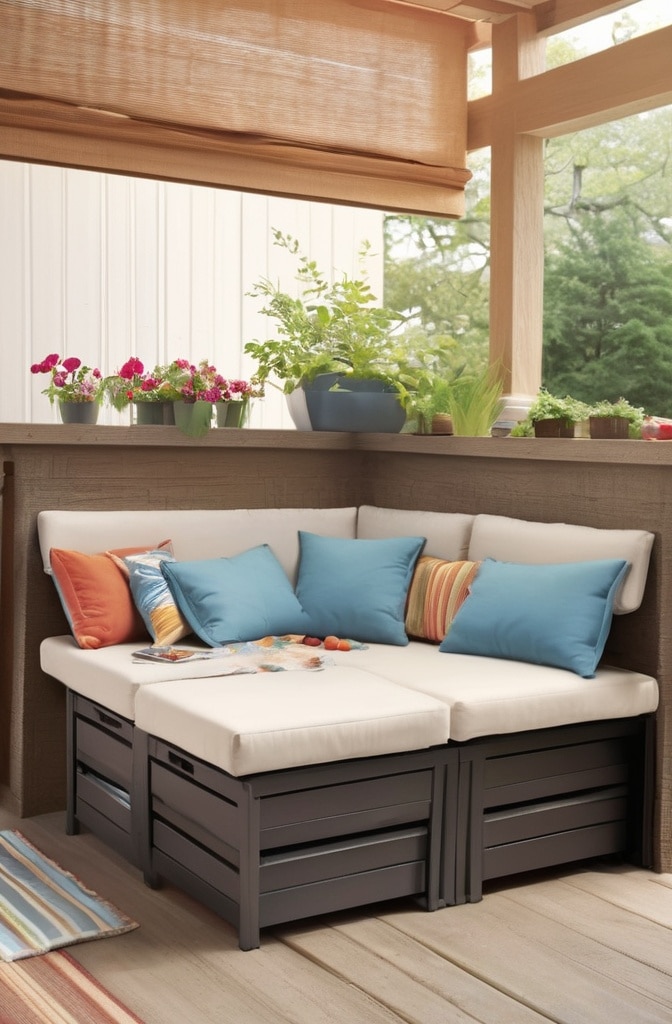
Master Bedroom Ideas for Small Spaces
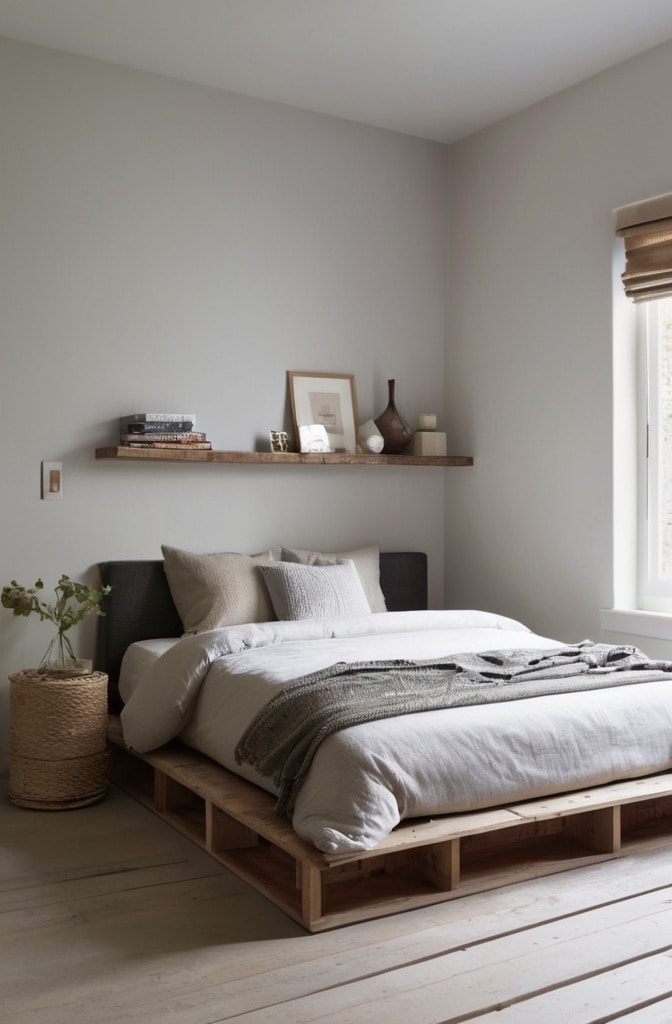
Working with a compact master bedroom requires creativity, not compromise. The average American master bedroom measures approximately 14′ x 16′, but many urban dwellings offer considerably less space.
Visual tricks that make small bedrooms feel more spacious include:
- Mounting curtain rods close to the ceiling and extending them beyond window frames
- Selecting furniture with visible legs that allow sight lines underneath
- Using the same light color for walls and trim to eliminate visual breaks
- Installing mirrors strategically to reflect light and views
- Choosing glossy finishes that bounce light around the room
Multi-functional furniture becomes essential in tight quarters. Consider a storage bench that serves as seating, a place to put on shoes, and hidden storage. Wall-mounted nightstands free up floor space while still providing necessary surface area. Some platform beds offer up to 12 cubic feet of hidden storage—equivalent to a small closet!
“Small spaces don’t have to feel cramped,” explains small space specialist Maya Wong. “They simply require more intention in what you bring into them. Every item should earn its place through both function and beauty.”
Organizing with Smart Storage Solutions

Nothing undermines a beautiful bedroom faster than clutter. Creating sufficient, accessible storage prevents the daily accumulation of items on surfaces.
Hidden storage innovations worth considering include:
- Hydraulic lift bed frames that reveal substantial storage underneath
- Hollow ottomans that open for blanket storage
- Headboards with built-in shelving or cabinets
- Custom built-ins that utilize awkward architectural spaces
- Under-window bench seating with drawers
Professional organizer Marie Jenkins recommends the “one-in, one-out” rule for bedroom items: “For every new piece of clothing or decor that enters your bedroom, something else should leave. This simple practice prevents gradual accumulation that leads to clutter.”
When designing storage, consider your specific needs rather than generic solutions. Do you have an extensive jewelry collection? Built-in felt-lined drawers might be worth the investment. Love to read in bed? Incorporate bedside shelving sized for books rather than standard nightstands.
Walk-In Closet Integration

A well-designed walk-in closet can add significant value to your home while making daily routines more pleasant. According to real estate statistics, master bedroom suites with customized walk-in closets can yield up to 56% return on investment at resale.
When planning a walk-in closet, begin with honest inventory of what needs storage. Measure hanging items to determine proper rod heights—cocktail dresses require different clearance than blouses. Most designers recommend allocating approximately:
- 70% hanging space (divided between short and long hanging)
- 20% shelving for folded items
- 10% drawers and specialized storage
Lighting in closets is often an afterthought but makes a tremendous difference in functionality. Include both ambient lighting and task lighting near mirrors and dressing areas. If budget permits, sensor lighting that activates when doors open adds both convenience and luxury.
Color plays a surprising role in closet functionality. Light, neutral shades make it easier to see clothing accurately, while providing a clean backdrop that won’t compete visually with your wardrobe items.
Texture & Dimension

Layering Textures for Depth
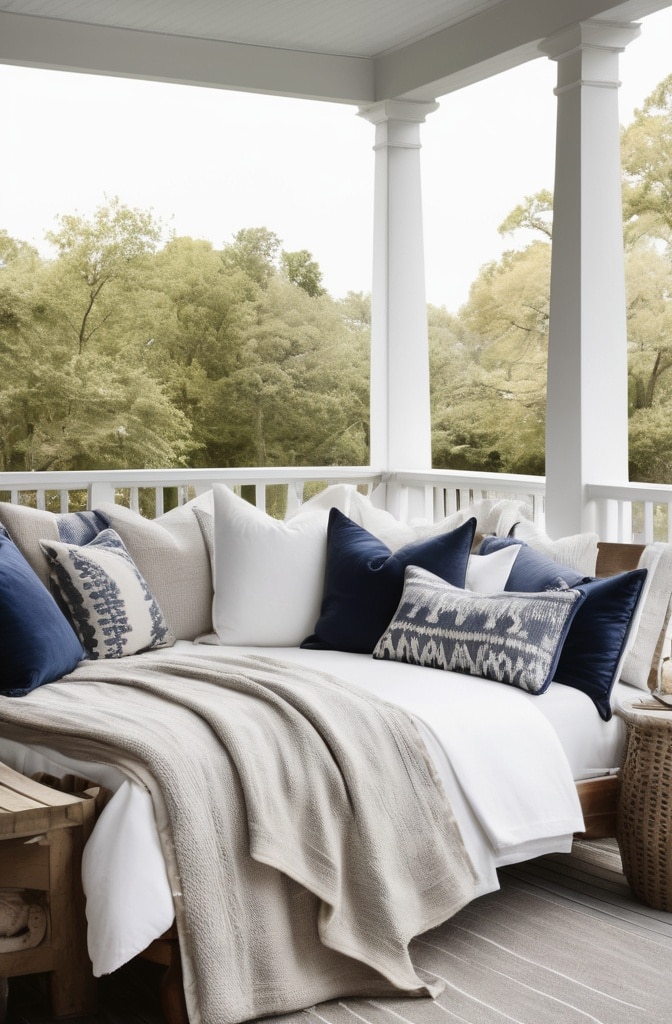
Even the most thoughtfully chosen color palette can fall flat without textural variation. Texture adds visual interest, warmth, and dimension without introducing complexity or clutter.
Professional stylists recommend including at least four different textures in any bedroom design:
- Smooth (glass, polished wood, satin)
- Rough (natural fibers, distressed wood, stone)
- Soft (velvet, sheepskin, cashmere)
- Shiny (mirrors, metallics, glazed ceramics)
Seasonal texture swapping keeps bedrooms feeling fresh throughut the year. Replace heavy winter throws with lightweight cotton or linen in summer. Switch velvet pillows for those with more breathable covers during warmer months.
The key to successful texture mixing lies in balance. If your headboard features rough reclaimed wood, balance it with crisp bedding and perhaps a sleek bedside lamp. This contrast creates visual conversation that engages the eye without overwhelming it.
Mastering the Art of Bedding Layers
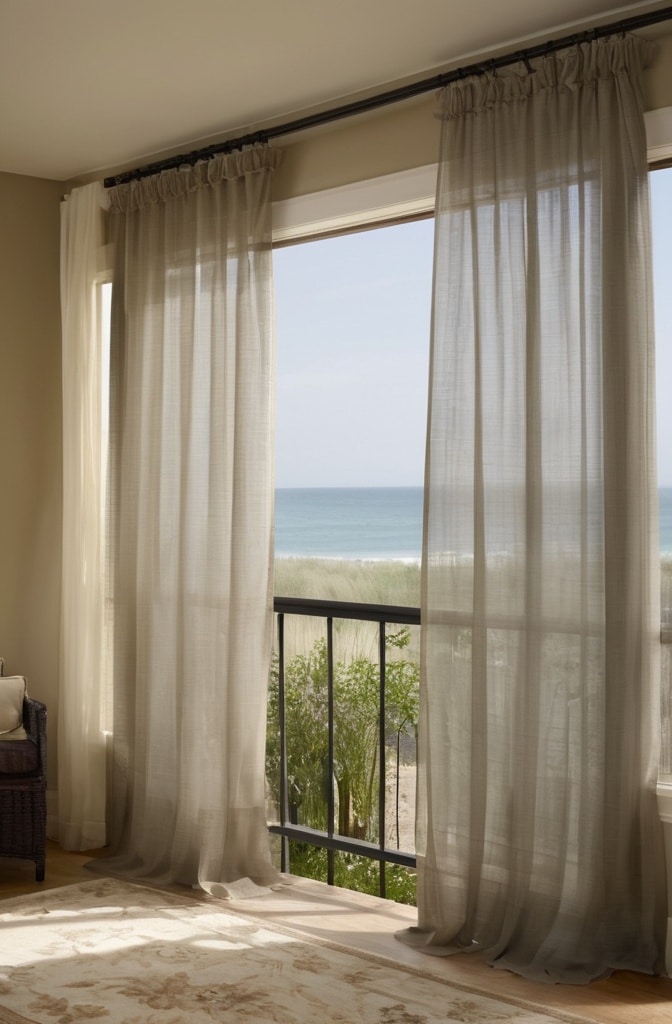
Professional designers approach bedding as a composition rather than simply a place to sleep. Start with high-quality foundation pieces—sheets and pillowcases in natural fibers like cotton, linen, or bamboo.
The layering formula that creates that coveted “hotel bed” look includes:
- Fitted sheet
- Flat sheet (turned down approximately 15″)
- Light blanket or quilt
- Duvet or comforter folded at the foot or turned down to mid-bed
- Sleeping pillows arranged against the headboard
- Decorative pillows arranged in descending size order
For a king-sized bed, designers typically recommend two to three Euro shams (26″ square) at the back, followed by sleeping pillows, then one to three accent pillows. This creates dimension without reaching the excessive “pillow mountain” that ends up on the floor each night.
Pattern mixing in bedding follows the “rule of three”: combine one large-scale pattern, one medium-scale pattern, and one small-scale pattern while keeping at least one element consistent (typically color) among all three.
Window Treatments That Transform
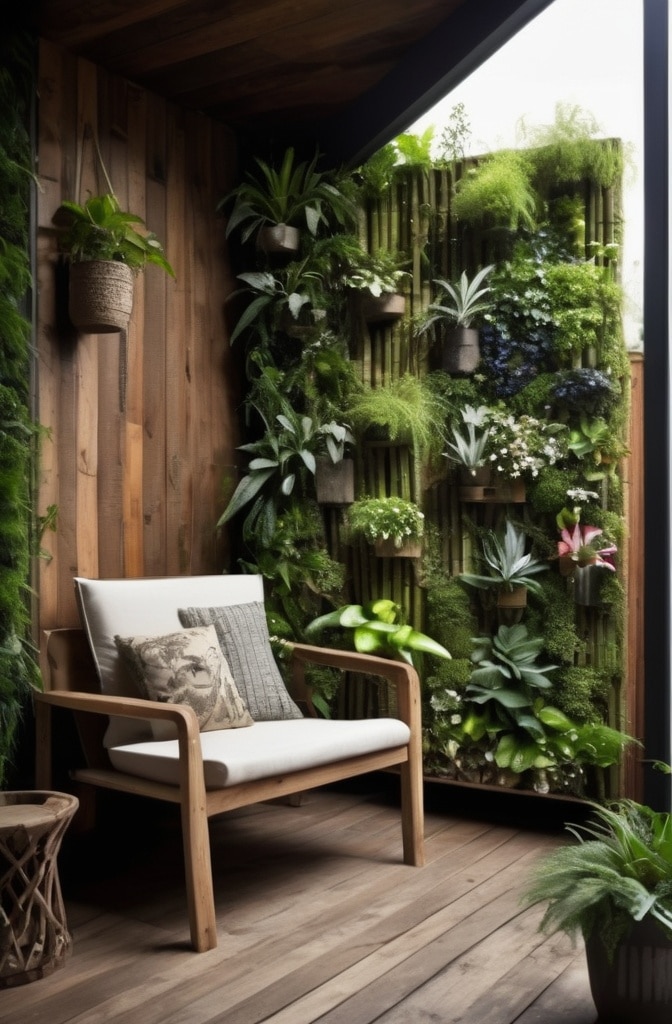
Window coverings serve multiple functions in master bedrooms—privacy, light control, insulation, and aesthetic enhancement. The average bedroom window treatment costs between $250-500 per window, making this a middle-range investment with significant impact.
When choosing between curtains and blinds, consider these factors:
- Curtains add softness, texture, and can make ceilings appear higher
- Blinds offer precise light control and clean lines
- Shades provide simplicity with numerous opacity options
- Layered solutions combine the benefits of multiple treatment types
For optimal light control and privacy, many designers recommend dual solutions—light-filtering shades paired with decorative side panels, or blackout blinds with decorative curtains mounted above.
“The biggest mistake I see is hanging curtains directly above the window frame,” says window treatment specialist Ava Lin. “Mounting them close to the ceiling and extending the rod 8-12 inches beyond the window on each side makes any window appear significantly larger.”
Styling & Personality
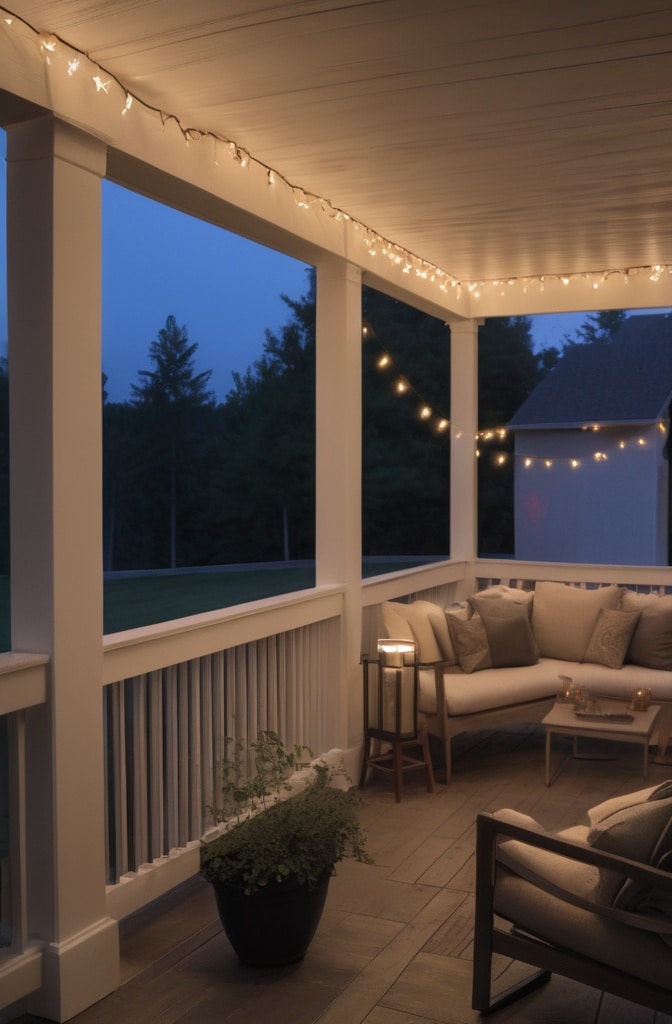
Wall Design: Beyond Just Paint
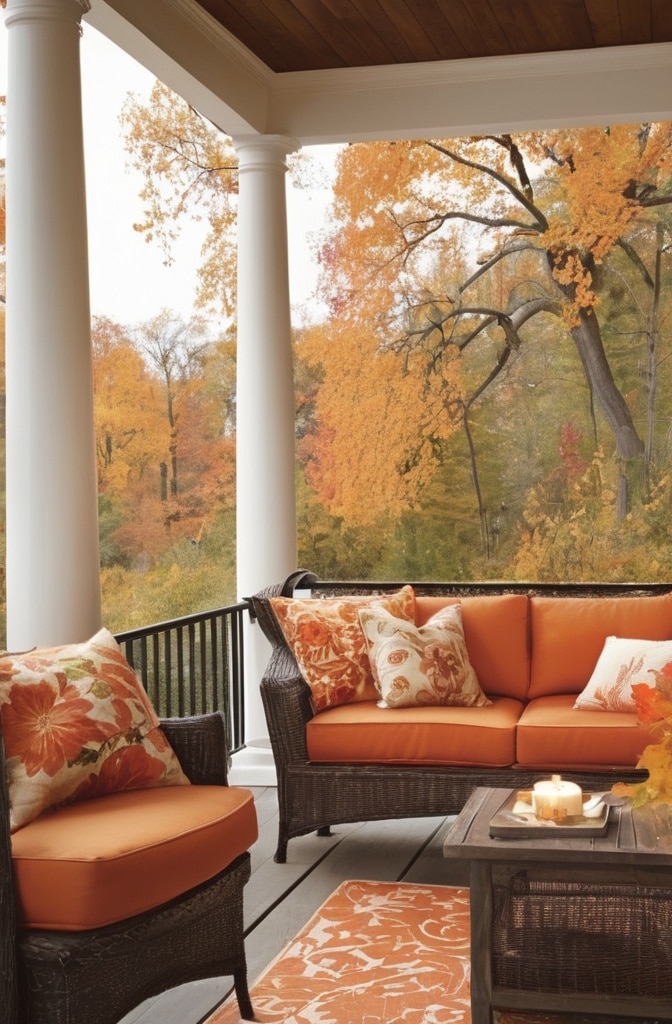
While paint remains the most common wall treatment, explore these alternatives for more distinctive master bedroom walls:
- Wallpaper (now available in removable options for renters)
- Wood paneling (traditional or modern interpretations)
- Upholstered panels for sound absorption and softness
- Decorative molding to create architectural interest
- Textured finishes like Venetian plaster or subtle suede effects
According to a 2024 interior design trend report, accent walls are evolving from single-color statements to more sophisticated applications like geometric patterns, subtle textures, and nature-inspired murals.
When creating an accent wall, the wall behind the headboard typically makes the most sense visually. This area already serves as a focal point due to the bed placement, and an accent treatment enhances rather than competes with that natural focus.
For art placement, follow these designer guidelines:
- Center pieces at approximately 57-60″ from the floor (eye level for the average person)
- When hanging art above furniture, leave 6-8″ of space between the furniture and the frame
- Group smaller pieces together to create the impact of a larger work
- Use consistent framing within groupings for cohesion
Minimalist Bedroom Approaches
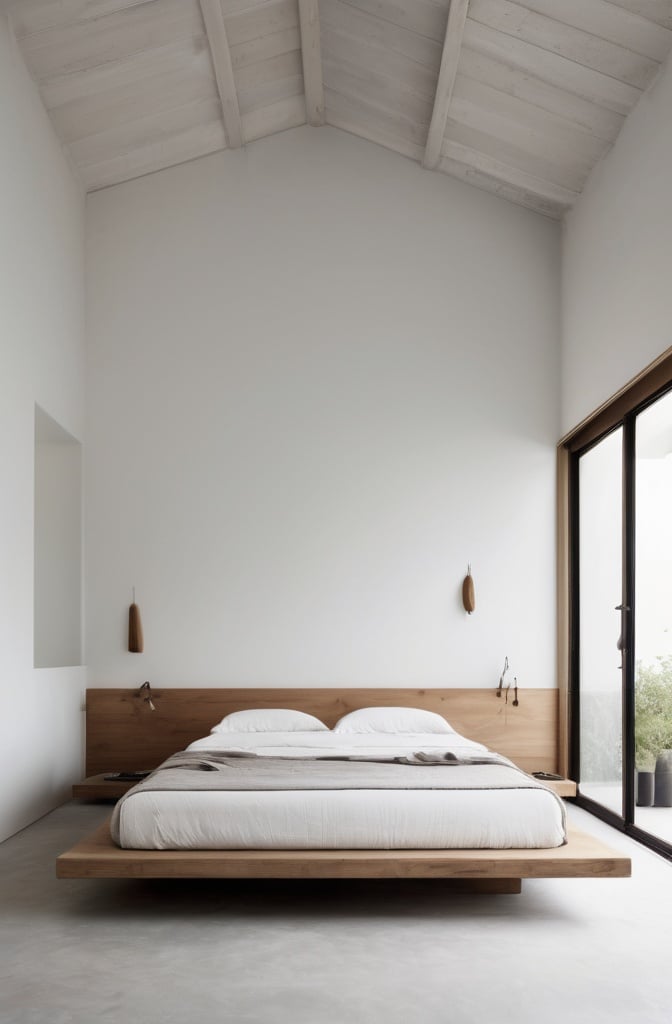
The minimalist movement continues to gain popularity as people recognize the psychological benefits of reduced visual stimulation in sleeping spaces. A 2023 wellness study found that participants reported falling asleep an average of 15 minutes faster in rooms with minimal visual distraction.
True minimalism isn’t about deprivation but rather intentionality. Every item should serve either a practical function or bring genuine joy. Begin by identifying the absolute essentials:
- Comfortable bed and quality mattress
- Adequate storage for clothing and personal items
- Task lighting for reading/activities
- Perhaps one meaningful decorative element
Color discipline becomes particularly important in minimalist spaces. Rather than numerous competing hues, consider a monochromatic scheme with subtle variations in shade and plenty of textural interest. White, cream, and pale grey create serene minimalist foundations, while natural materials like wood and stone add warmth.
“Minimalism isn’t about having nothing—it’s about having exactly the right things,” explains architect Sarah Mandelbaum. “One perfectly proportioned lamp that you adore will create more impact than three mediocre accessories you feel lukewarm about.”
Adding Pops of Color Strategically
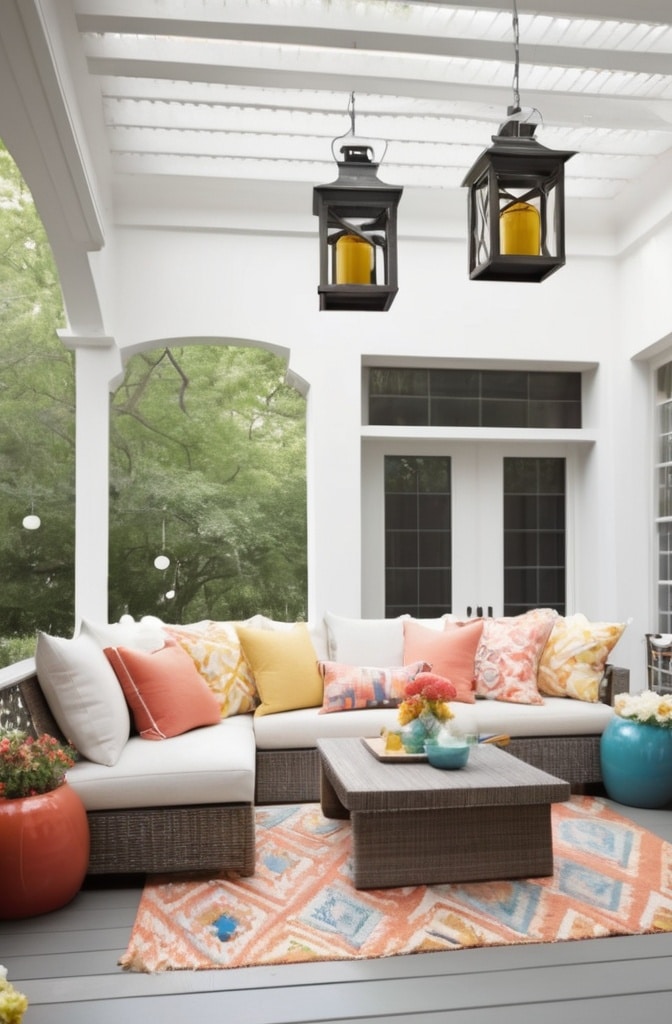
For those craving more visual energy, strategic color adds personality without overwhelming restfulness. The 60-30-10 rule provides a balanced approach to color distribution:
- 60% dominant color (typically walls and large furniture)
- 30% secondary color (bedding, window treatments, rugs)
- 10% accent color (accessories, artwork, small furniture pieces)
Color psychology suggests that while blues and greens promote rest, small doses of energizing colors can create balance. Yellow accents promote optimism, while limited use of red stimulates passion—both appropriate emotions for different bedroom activities!
Seasonal color rotation keeps spaces feeling fresh without major investment. Store alternate pillow covers, throws, and even artwork to swap as seasons change. Summer might feature cool blues and greens, while winter welcomes deeper jewel tones and richer textures.
“Start with neutral investment pieces, then play with color through items that are easier to change,” advises color consultant Rebecca Chen. “This approach gives you freedom to follow trends or your evolving preferences without major expense.”
Special Features
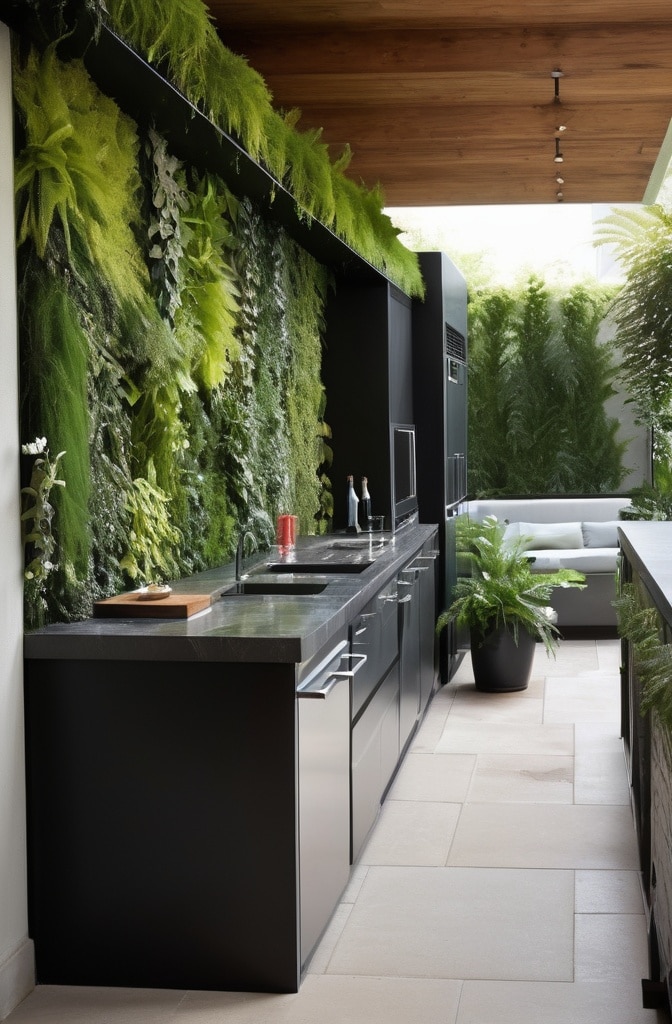
Incorporating a Fireplace
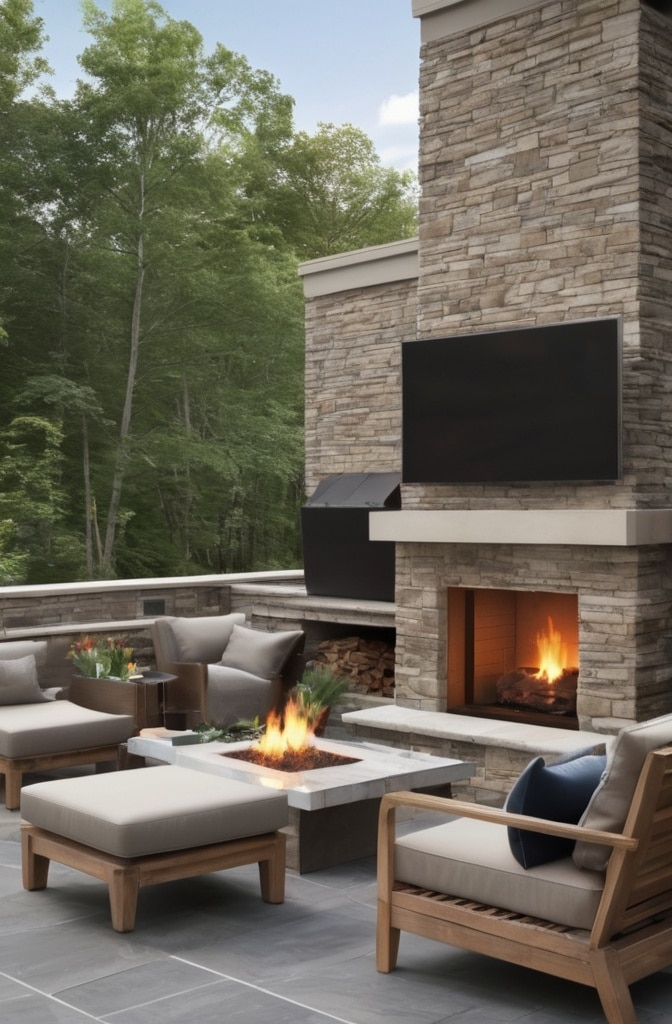
Few architectural elements add romance and luxury to a master bedroom like a fireplace. While traditional wood-burning options require specific venting and chimney access, newer electric and gas alternatives offer installation flexibility.
Different fireplace options include:
- Traditional masonry (highest installation cost but greatest authenticity)
- Gas inserts (moderate cost with realistic flame)
- Electric units (lowest cost and maintenance, variable realism)
- Ethanol fireplaces (ventless with real flame but minimal heat)
For safety, maintain clearance around any heat-producing fireplace according to manufacturer specifications. Most building codes require fireplaces to be at least 36″ from combustible materials like curtains and bedding.
Positioning options include the traditional wall orientation, but also consider a double-sided fireplace that connects bedroom and bathroom, or a three-sided unit that serves as a room divider between sleeping and seating areas.
Built-In Shelving & Display Areas
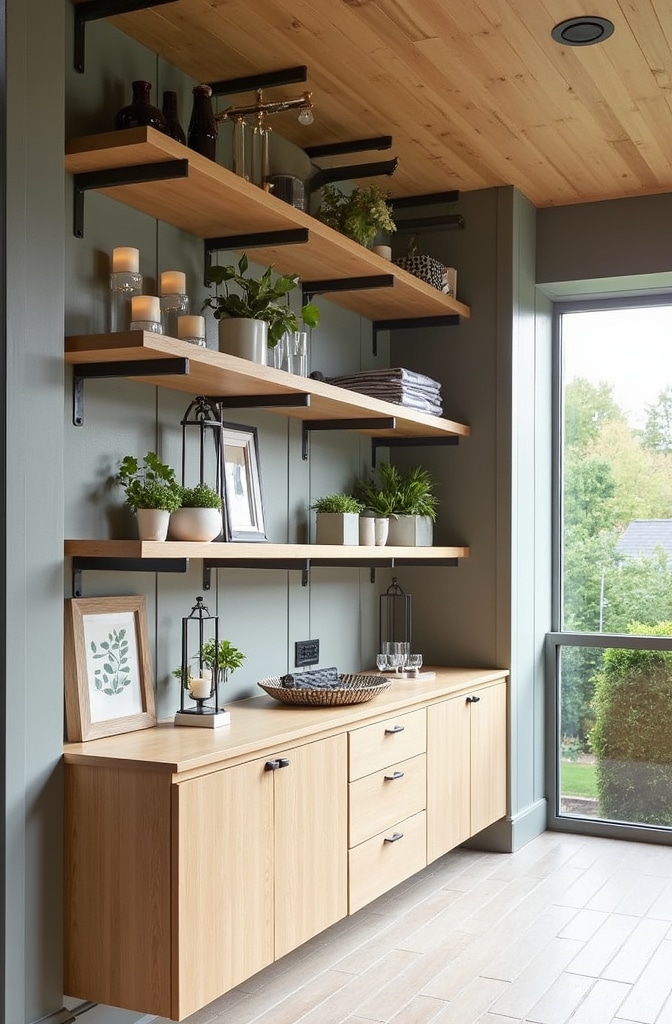
Custom built-ins transform ordinary bedrooms into personalized havens while maximizing storage efficiency. Unlike freestanding furniture, built-ins utilize wall depth and awkward corners that would otherwise be wasted.
Popular built-in applications for master bedrooms include:
- Flanking the bed with nightstand/bookshelf combinations
- Creating window seats with storage underneath
- Building shallow display niches into non-structural walls
- Installing wall-to-wall units that incorporate TV space, drawers, and display areas
While custom carpentry represents a higher initial investment (typically $300-700 per linear foot depending on complexity and materials), the storage efficiency and clean aesthetic often justify the cost. For budget alternatives, consider modifying retail systems from IKEA or similar retailers with custom trim and hardware.
When styling built-in shelves, follow the designer rule of thirds—leave approximately 1/3 of shelf space empty to prevent a cluttered appearance. Group similar items (books, decorative objects, framed photos) rather than scattering them, and vary heights and textures for visual interest.
Tech Integration for Modern Living
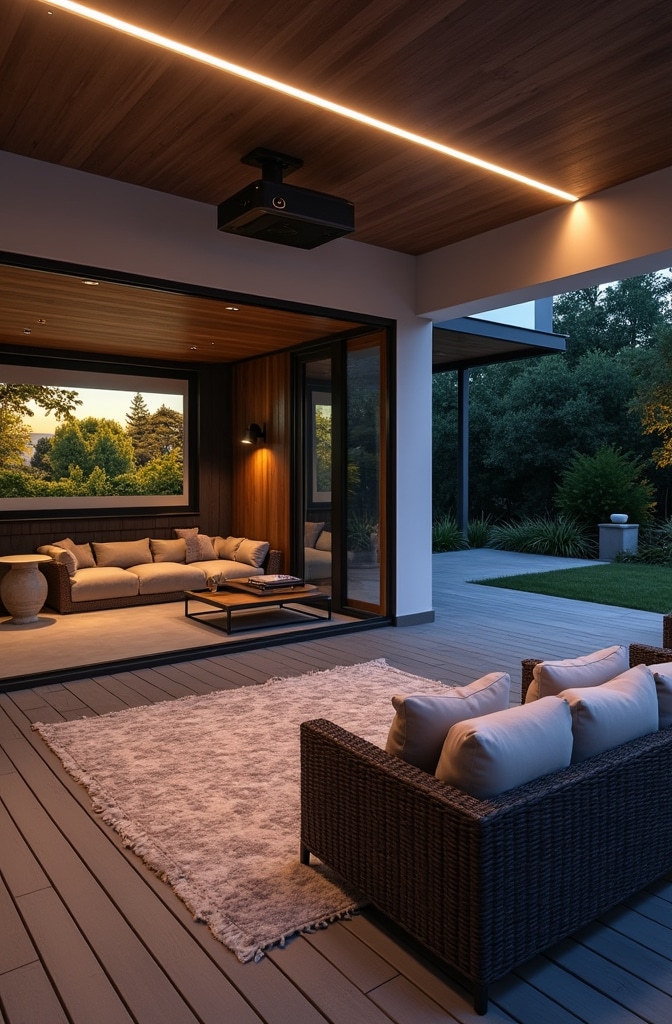
Modern master bedrooms balance technology access with restful sanctuary. According to sleep experts, electronic devices emit both physical light that disrupts melatonin production and psychological stimulation that interferes with relaxation.
Smart solutions for bedroom tech include:
- Hidden charging stations inside nightstand drawers
- Motorized TV lifts that conceal screens when not in use
- Smart lighting systems programmable for different activities
- Wireless speakers disguised within decorative objects
- Climate control systems manageable from phone or tablet
Consider establishing tech-free zones within the bedroom—perhaps designating the bed itself as a device-free sanctuary while creating a separate area for necessary technology. Some designers recommend a “tech curfew” drawer where devices rest (and charge) overnight, physically separated from sleeping areas.
“Technology should serve your bedroom experience, not dominate it,” notes smart home specialist David Park. “The best tech integration feels magical rather than mechanical—lights that gradually brighten to wake you naturally, temperature that adjusts automatically before bedtime, or music that fades as you fall asleep.”
Style-Specific Approaches
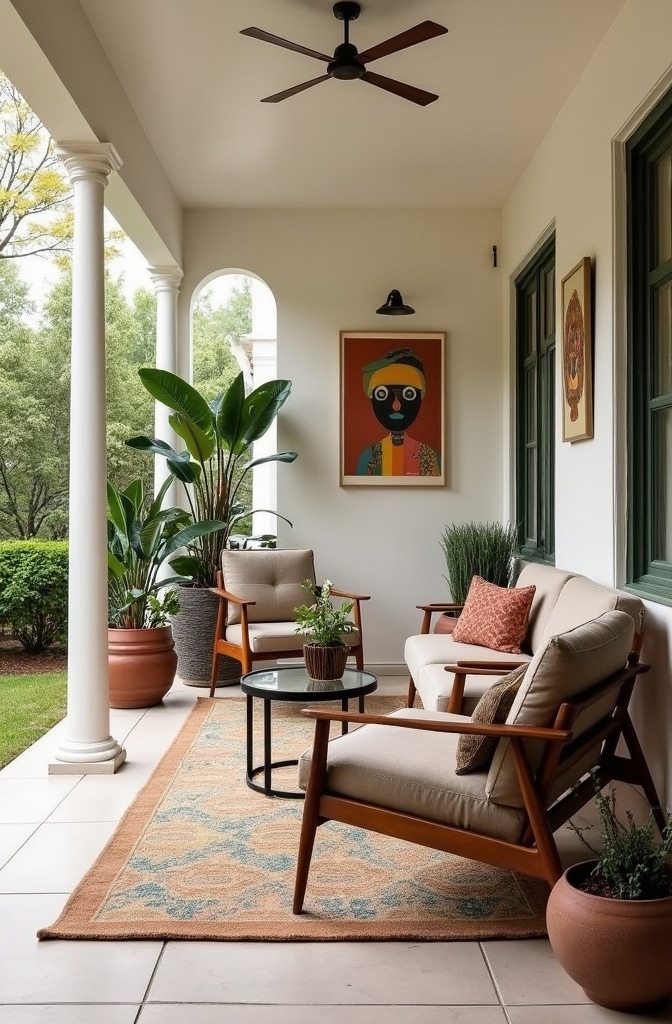
Vintage & Rustic Charm Elements
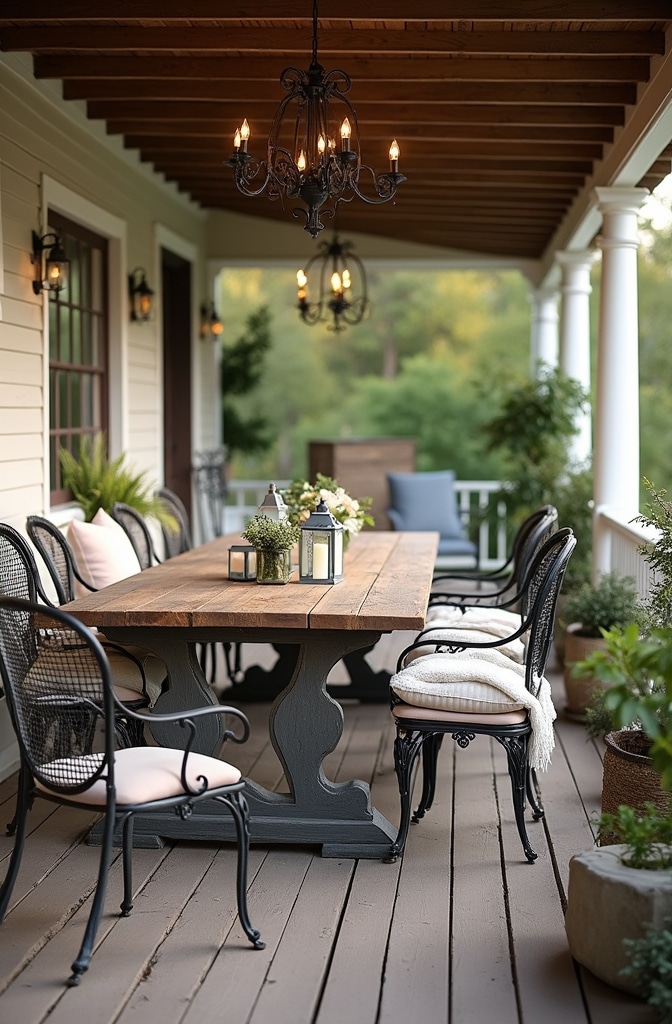
Vintage and rustic aesthetics bring character and authenticity to master bedrooms. Unlike mass-produced furniture, vintage pieces tell stories through patina and craftsmanship that can’t be replicated.
When incorporating vintage elements, consider:
- Authentic antique furniture as focal points (bed frames, dressers, vanities)
- Vintage textiles as wall hangings or transformed into pillows
- Repurposed architectural elements like mantels, doors, or windows
- Collections displayed thoughtfully rather than scattered
The distinction between authentic vintage and modern reproductions matters less than quality and personal connection. While purists might insist on period authenticity, most designers encourage mixing genuine antiques with well-crafted reproductions that capture vintage spirit.
To prevent vintage from feeling dated or musty, balance older pieces with fresh elements—crisp white bedding against an antique iron bed frame, or modern task lighting paired with a vintage dresser. This juxtaposition creates dynamic tension that keeps spaces feeling relevant rather than stuck in time.
Modern & Contemporary Aesthetics

Modern master bedrooms emphasize clean lines, uncluttered surfaces, and often a neutral palette enhanced by textural interest rather than pattern. Unlike minimalism, which focuses on reduction, modern design celebrates intentional selections that may include bold elements.
Material choices heavily influence modern bedroom aesthetics:
- Natural woods with visible grain
- Metals with matte or brushed finishes
- Glass for lightness and reflection
- Performance fabrics that combine beauty with practicality
In contemporary bedrooms, less really is more—fewer, larger pieces create more impact than numerous small ones. Scale becomes particularly important; oversized headboards, substantial lighting fixtures, or one dramatic piece of artwork can define the entire space.
“Modern doesn’t mean cold,” clarifies designer Marcus Bell. “By incorporating natural materials, varied textures, and perhaps one element of warm color, contemporary bedrooms maintain sophistication while still feeling inviting.”
Master Bedroom Ideas for Couples
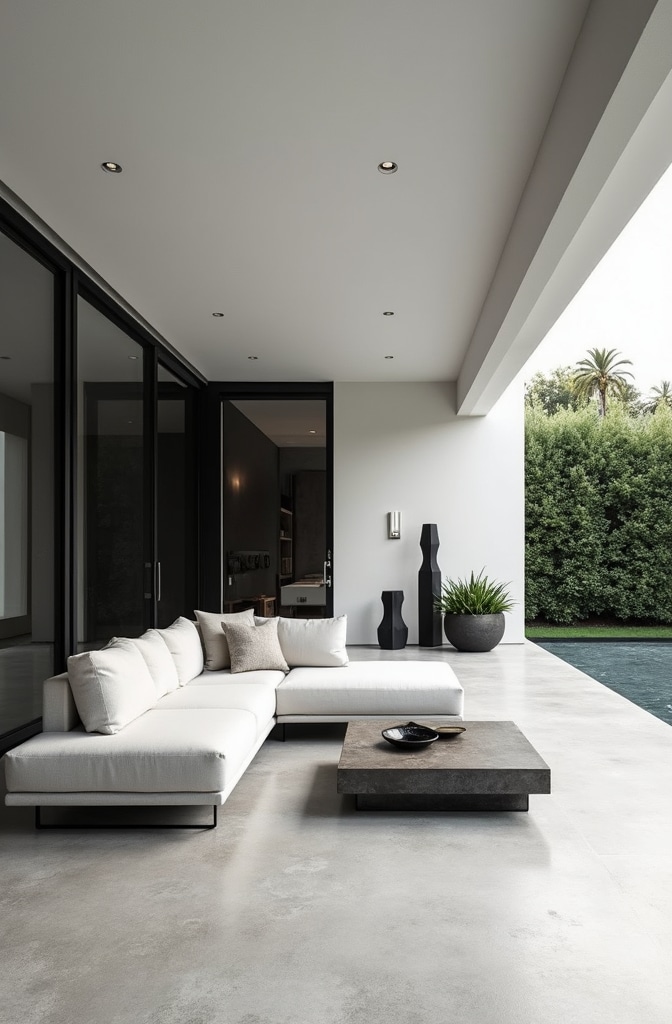
Creating a master bedroom that satisfies two potentially different preferences requires thoughtful compromise and creative solutions. Beyond aesthetic preferences, couples often have different functional needs—reading lights, mattress firmness, temperature preferences, and storage requirements.
Successful couples’ bedrooms typically include:
- Individualized reading lights with separate controls
- Nightstands sized appropriately for each person’s needs
- Adjustable components where possible (split mattress firmness, dual-zone heating/cooling)
- Personal storage allocated according to individual needs rather than arbitrarily split
For couples with significantly different aesthetic preferences, designers often recommend identifying shared color preferences as a starting point, then incorporating elements each partner values. Perhaps one appreciates minimalist furniture while the other loves rich textiles—both can be accommodated within a cohesive design.
“The master bedroom should feel like neutral territory,” advises relationship counselor and design consultant Dr. Lisa Martinez. “Neither partner should feel like a guest in the space or see their preferences completely overridden.”
Conclusion
Personalization: Making It Yours
The most beautiful master bedrooms reflect the personalities of those who inhabit them. Beyond following design principles, true sanctuary spaces incorporate meaningful elements that resurface memories, inspire creativity, or simply bring joy.
Consider these personalization strategies:
- Display travel souvenirs or meaningful collections in curated groupings
- Incorporate family heirlooms, even in unexpected ways
- Create a gallery wall of personal photographs or artwork
- Choose bedding in your favorite colors rather than what’s trending
- Include elements that engage all senses—texture for touch, beautiful objects for sight, perhaps a small sound machine or favorite scent
Unlike public spaces in your home, the master bedroom needn’t impress others—it must only please you and any partner sharing the space. This freedom allows for personal expression that might feel too revealing in more public rooms.
Your bedroom will inevitably evolve as you do. Rather than viewing it as a finished project, consider it a dynamic space that grows and changes with your life experiences. The most successful retreats feel both timeless and current, blending enduring comfort with fresh energy.
As interior designer Kelly Wearstler wisely noted: “A home should be a story of who you are, and be a collection of what you love.” Nowhere is this more true than in the master bedroom—your ultimate personal retreat.
Additional Resources
Recommended Suppliers:
- Quality Bedding: Parachute Home, Brooklinen, Boll & Branch
- Lighting: Restoration Hardware, West Elm, Schoolhouse Electric
- Unique Furniture: Article, Interior Define, Joybird
Helpful Design Apps:
- Room Planner: Create scaled floor plans and visualize furniture placement
- Pantone Studio: Experiment with color combinations
- Houzz: Browse thousands of bedroom photos filtered by style and feature
Before & After Inspiration: For visual inspiration and real-world transformations, visit our companion gallery featuring 20 stunning master bedroom makeovers at [website.com/bedroom-transformations].
